Hand tendon repair
Complications
Some common complications of tendon repair include infection, the tendon rupturing and the repaired tendon sticking to nearby tissue.
Infection
An infection develops after about 1 in every 20 tendon repair operations. Infection risk is highest if the hand is damaged and the wound is contaminated by dirt. Crushing injuries are also more likely to cause an infection. Symptoms that may indicate your hand has developed an infection include:
- redness and swelling in your hand
- a feeling of increasing tenderness or pain
- a high temperature (fever) of 38C (100.4F) or above
Contact your GP if you think you have developed an infection. Most infections can be successfully treated with antibiotics.
Repair failure
After about 1 in every 20 tendon repair operations, the repair fails and the affected tendon ruptures.
When this happens, it usually occurs soon after the operation, when the tendon is weakest. Tendon ruptures often happen in people who do not follow the advice about resting the affected tendon. Accidental trips, falls or suddenly catching your splint on an object can also rupture the tendon.
Sometimes, it is obvious you have ruptured the tendon because you notice a sudden snapping or ‘pinging’ sensation in your hand. However, you may not notice the tendon has ruptured until you discover that you cannot move your finger or fingers in the same way as before.
If you think your tendon has ruptured, contact your surgical team or hand therapist. Further surgery is usually required to repair the tendon.
Tendon adhesion
Tendon adhesion is a medical term that means the tendons have become stuck to surrounding tissue and have lost some of their range of movement.
This can cause loss of movement, which in most cases is minor. More serious cases of tendon adhesion require surgery to free the stuck tendon.
Contact your surgical team or hand therapist if you notice a reduction in your ability to move your hand while you recover from surgery.

Source: NHS 24
Last updated:
24 September 2021


